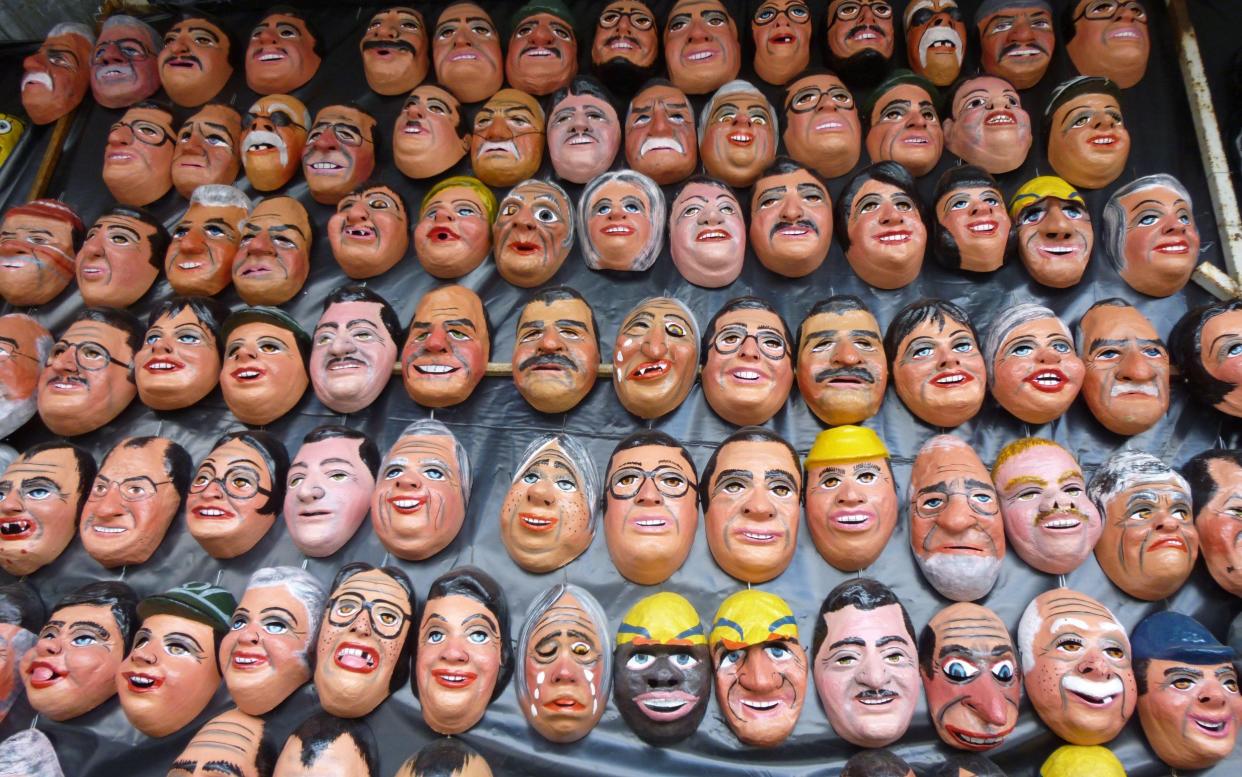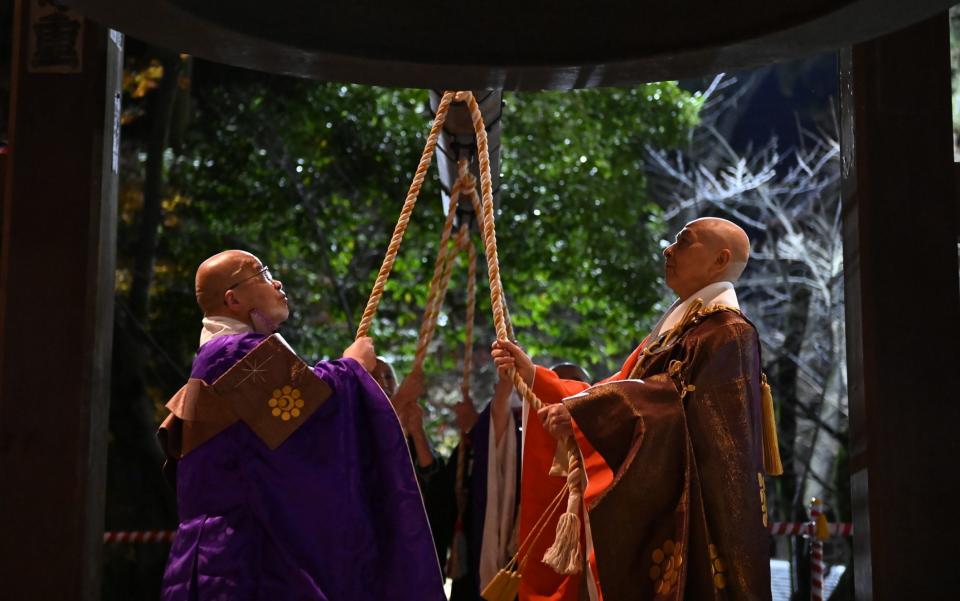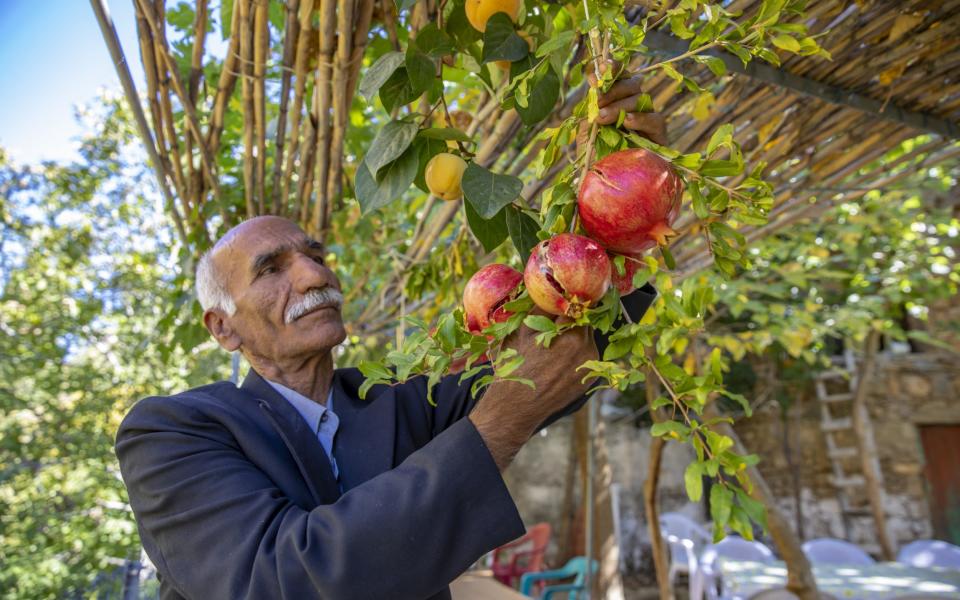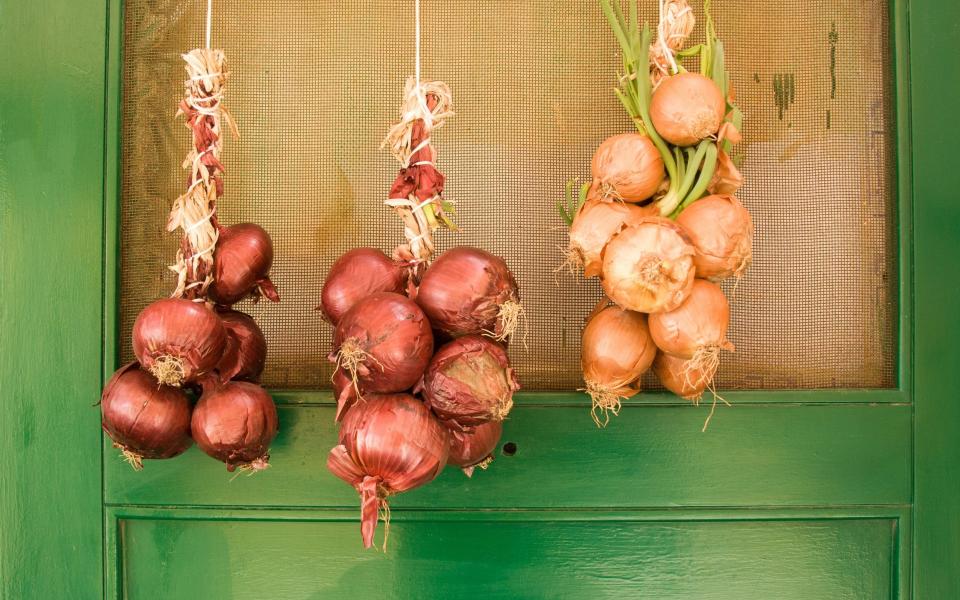12 peculiar New Year’s traditions around the world

Ah, New Year’s Eve – in the UK, a time of music, fireworks and plenty to drink. And when it comes to ritual, we’re certainly not without the odd tradition. In Scotland, for example, there’s first-footing – when it’s said the first person to enter the house after midnight should be a dark-haired male. It’s thought to be reminiscent of the region’s Viking history, when a blonde visitor typically meant bad news. And there’s Hogmanay, of course, an extension of this mixed cultural heritage, when bonfires and parades mark the general joie de vivre (somewhat dampened this year as a result of cancellations caused by “multi-hazard” weather).
Otherwise, though, our celebrations can be on the mild side. Other countries take the countdown to midnight much more seriously. In South America, there’s effigy-burning, paperwork-snowstorms and empty-suitcase walks. In Europe, fruit seems to play a large role in the celebrations, while in the Philippines, it’s all about beckoning in good fortune. Around the world, there are countless bizarre and beautiful practices intended to welcome the new year – here are some of the most peculiar.
1. Japan – 108 bell rings
In the UK, revellers typically ring in the new year by singing Auld Lang Syne or watching the Hootenanny. In Japan, things are equally musical. Known as ōmisoka, temples chime their bells 108 times to indicate the number of worldly passions – with the final toll falling in the new year. The following day, people often make their first trip of the year a visit to a shrine. The most sacred ones are often so busy that extra public transport services are laid on.

2. Argentina – tossing paper out of the window
With fireworks, champagne and panettone, Argentina joins in with many of the world’s traditional new year’s celebrations. For the office workers of Buenes Aires, however, there’s a more occupational concern. People tear up their scrap paper – think old paperwork, unfilled-out forms, unneeded bits of bureaucracy – and scatter it out of the windows, creating a joyous, if slightly messy, snowstorm.

3. Romania – dressing up as bears
Various folk traditions across Europe see people dressing up as strange animal-spirit amalgamations – and in Romania, it’s the bear. At many end-of-year festivals and parades, groups dance through the streets dressed as grizzlies. The costumes are often family heirlooms and thus real bearskin, which has understandably drawn criticism from animal rights groups. It’s an eye-catching way to signal the start of spring.
4. Ecuador – effigy burning
Ecuador’s año viejo celebrations are slightly more involved. Particularly popular in smaller towns, families create effigy dolls that are burned on a pyre at midnight. They often take the form of celebrities or politicians, or people who were heavily present in the media the previous year. Regardless of their fame (or relative popularity), the burning figures represent a refreshed new year.
5. Czech Republic – fortune-telling apples
In addition to being the first day of the new year, January 1 is also Czech Restoration Day, commemorating the splitting of Czechoslovakia into the Czech Republic and Slovakia in 1993. On this especially important day, it’s traditional to slice an apple in half and scrutinise its core: if there’s a star shape in the centre, you can expect happiness. A cross, however, is less good news.
6. Turkey – smashing pomegranates
Things get rather more rambunctious when it comes to fruit in Turkey. Pomegranates are often involved in celebrations as they are seen as symbols of bounteousness and beauty. The new year’s tradition involves smashing the fruit in front of your home as a means to bring good fortune to the inhabitants (they are often given as gifts for the same reason).

7. Spain – grape-eating
As the clock strikes midnight in Spain, people might not immediately pop champagne or kiss their loved ones – instead, they eat 12 grapes to ward off bad luck. The tradition is thought to have started at the Puerta del Sol public square in Madrid in 1919, where the famous clock tower still chimes to mark midnight across the country.
8. Brazil – wave-jumping
Brazilians tend to make the most of the mild weather and head to the beach after midnight. There, the tradition is to jump over seven waves while making seven wishes. It’s related to the Candomblé goddess Iemanjá, who is depicted as a mermaid and watches over the ocean.
9. Greece – onions
Many new year’s traditions focus on the idea of rebirth, and in Greece, this comes in the form of the humble onion. Considered a symbol of growth and fertility, clusters of onions are hung from front doors (often after a family’s first church visit of the year) to promote personal growth for those within.

10. Denmark – smashing plates
In Denmark, another tradition takes place at the front of the house. Friends smash plates on each other’s doorsteps after midnight to bring good luck and leave negative energy in the past.
11. Philippines – round things
For those in the Philippines, the new year is all about round things. Specifically, it’s about money: but approximations are found everywhere, from polka-dotted dresses to a feast of 12 round fruits. Filipinos also leave their lights on and their doors open, to signal a bright year ahead.
12. Colombia – empty suitcases
It’s fun, it’s joyous, and it’s much cheaper than actually booking a trip for the new year. In Colombia, people take their empty suitcase for a walk around the block to inspire 12 months of travel. It might be a little chilly to do the same at midnight in Britain, but the spirit is certainly something we can all get behind.
This story was first published in December 2023 and has been revised and updated.


